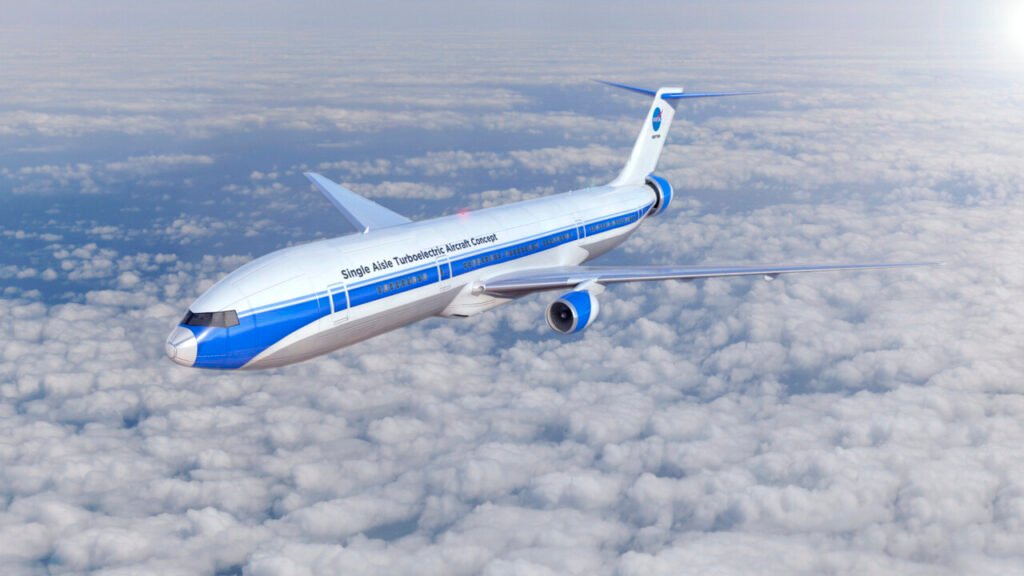Airplane concepts encompass a wide range of ideas and innovations designed to push the boundaries of aviation technology, enhance passenger experience, and improve environmental sustainability. These concepts are often spearheaded by aerospace manufacturers, advanced design studios, and research institutions. They aim to explore new possibilities in aircraft design, efficiency, and functionality. This guide delves into the various types of airplane concepts, highlighting their potential impacts on the future of air travel.
Futuristic Airplane Designs
Futuristic airplane designs explore revolutionary forms and aesthetics that may differ significantly from today’s conventional models. These include:
- Blended Wing Bodies: These aircraft feature a seamless body and wing integration that offers superior aerodynamics, increased fuel efficiency, and reduced noise.
- Electric and Hybrid Propulsion Systems: Focusing on sustainability, these systems use electric motors either alone or in combination with traditional engines to reduce carbon emissions.
- Supersonic and Hypersonic Travel: Aiming to reduce travel time, these concepts explore speeds that surpass the speed of sound, redefining long-distance travel.
Green Aviation Technologies
With a growing emphasis on sustainability, green aviation technologies focus on reducing the environmental footprint of aircraft through:
- Alternative Fuels: Utilizing sustainable fuel alternatives such as biofuels or hydrogen to power flights, significantly cutting down on greenhouse gas emissions.
- Solar Power: Integrating photovoltaic cells to harness solar energy, potentially used to power onboard systems or assist in propulsion.
Advanced Materials and Structures
The application of new materials aims to enhance aircraft performance while mitigating weight:
- Composite Materials: These materials, including carbon fiber, are not only lighter but also stronger than traditional metals, leading to improvements in fuel efficiency and structural integrity.
- Advanced Metallic Alloys: Developed for high stress and high temperature environments typical of aerospace applications, enhancing durability and performance.
Autonomous and Pilotless Aircraft
The advancement in autonomous technology may soon allow for pilotless commercial aircraft:
- Drone Technology: Building on the sophisticated drone technologies, these concepts apply autonomous navigation systems to larger aircraft, potentially improving safety and efficiency.
- AI and Machine Learning: These technologies are used to handle complex tasks such as air traffic control communication and dynamic flight path adjustments.
Passenger Experience Enhancements
Innovations in airplane concepts also focus on the in-flight experience of passengers:
- Cabin Customization: Features that allow for more personalized travel experiences, including adjustable lighting, temperature, and even cabin layout.
- Connectivity and Entertainment: Enhancements in Wi-Fi bandwidth and streaming services to ensure that passengers can stay connected and entertained throughout their journey.
Safety Improvements
Safety is a paramount concern, with new concepts aimed at enhancing the security of air travel:
- Advanced Avionics: Sophisticated electronics that improve navigation and operational capabilities, especially under adverse conditions.
- Collision Avoidance Systems: Technologies that prevent in-air collisions and improve navigational safety, especially in crowded airspace.
Conclusion
The diverse airplane concepts currently under development not only promise to revolutionize the way we fly but also aim to address the pressing challenges of efficiency, safety, and environmental sustainability in aviation. As these technologies advance, they may soon transition from conceptual sketches to functional prototypes, eventually reshaping the future of air travel. Each concept brings us closer to a more connected and sustainable world, highlighting the critical role of innovation in aviation’s evolution.
